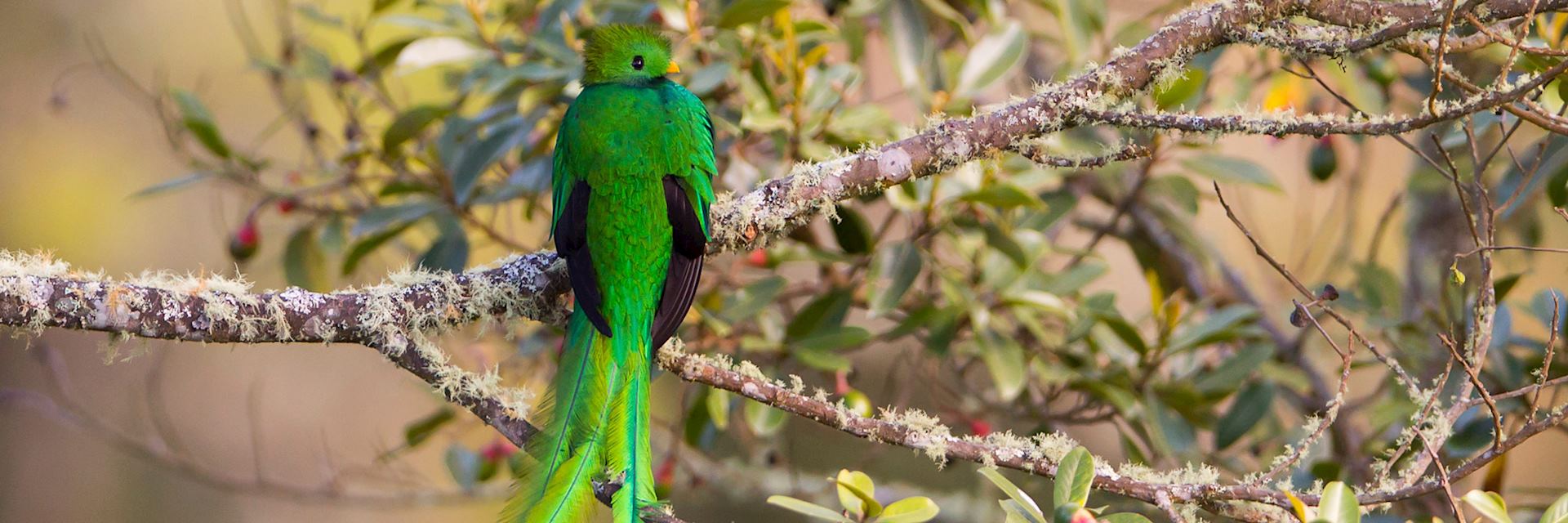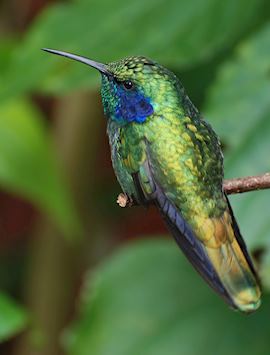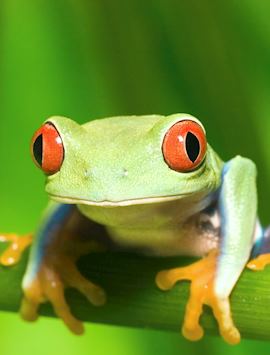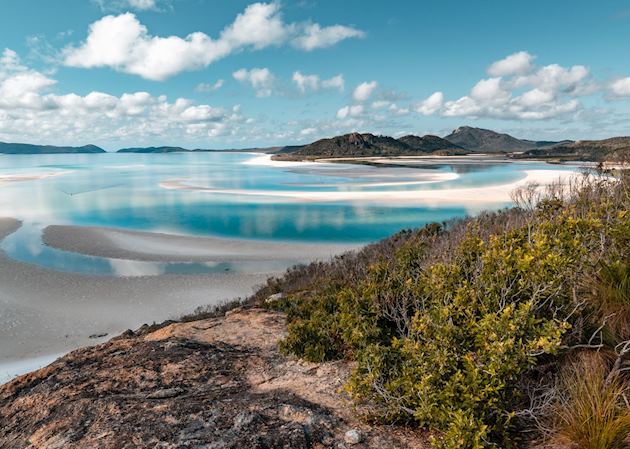Costa Rica has the highest density of cloudforests in the world, but what makes this ecosystem so compelling? Over to Caitlin, one of our Costa Rica specialists. She explains the allure of Costa Rica’s cloudforest reserves and shares her tips on where to go and what to do there.
What defines a cloudforest?
While they share many of the same plant species, cloudforests aren’t rainforests. They’re located at a higher altitude: in Costa Rica’s case, at 1,600 m (4,249 ft) above sea level, straddling the mountain ridge known as the Continental Divide or the Spine of the Americas.
Although the humidity can ratchet up to rainforest-like levels, cloudforests are cooler, often swathed (as the name suggests) in wispy clouds, as well as mist and fog. All this water makes them very fecund places that can support a great deal of biodiversity.
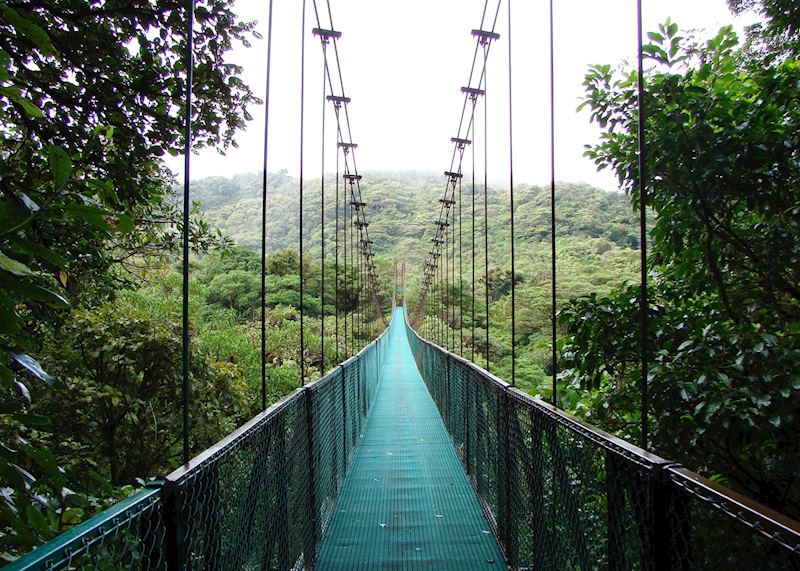
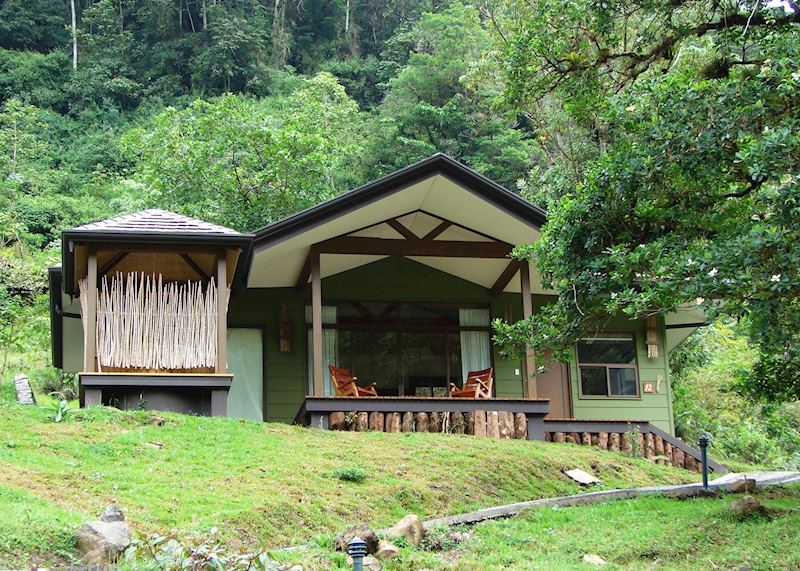
Where are Costa Rica’s cloudforests?
The main cloudforest region is Monteverde, two and a half hours from San José, the capital. Within this region you’ll find the quieter cloudforest reserve of Santa Elena. Quieter still is San Gerado de Dota, a mountain town three hours south of San José.
Those are the main places I point people toward (for lots of reasons ― see below), but there’s also a pocket of cloudforest at San Ramón, only one hour from the capital. Also an hour away lie the Bajos del Toro highlands, where you can stay in the luxury ecolodge El Silencio.
Why would you recommend visiting Costa Rica’s cloudforest?
Being inside a cloudforest is a full-body, five-senses experience.
You’re assaulted with a zillion shades of green, your eyes torn in a thousand different directions by the tumult of plants and trees. There are spaghetti tangles of vines and lianas, trunks wearing epiphytes like so many ruff collars, huge-buttressed trunks that look like they could swallow you up into their root system and waving elephantine ferns.
The forest rings with the zips and pips of birdcalls. Plants leave droplets of moisture on your skin as you brush against them, and the air feels humid yet cool, full of the earthy smell of leaf litter one minute, and the zingier scent of fresh rainfall the next.

Then there’s the sheer number of things to do in Monteverde. You can explore the cloudforest in many different ways: there are orchid and butterfly gardens, birdwatching walks, hiking trails, zip-lining and even a herpetarium (a set of biologist-monitored terrariums where you can see amphibians and reptiles of the cloudforest, including all kinds of lizards, geckos and snakes).
You can walk on suspension bridges high in the canopy ― so high, sometimes you can’t even see the forest floor — and occasionally you’ll find yourself quite literally walking among the clouds.
If birdwatching in Costa Rica is a priority for you, I’d suggest going to San Gerardo de Dota rather than Monteverde. Resplendent quetzals are the main draw here, and although they can technically be seen in all Costa Rica’s cloudforests, you have the best chance of seeing them in this mountain settlement.
A jade-green bird with long twin tail feathers, resplendent quetzals like to frequent San Gerardo de Dota’s avocado and blackberry trees. Lodges are well set-up for birdwatching, and run focused tours.
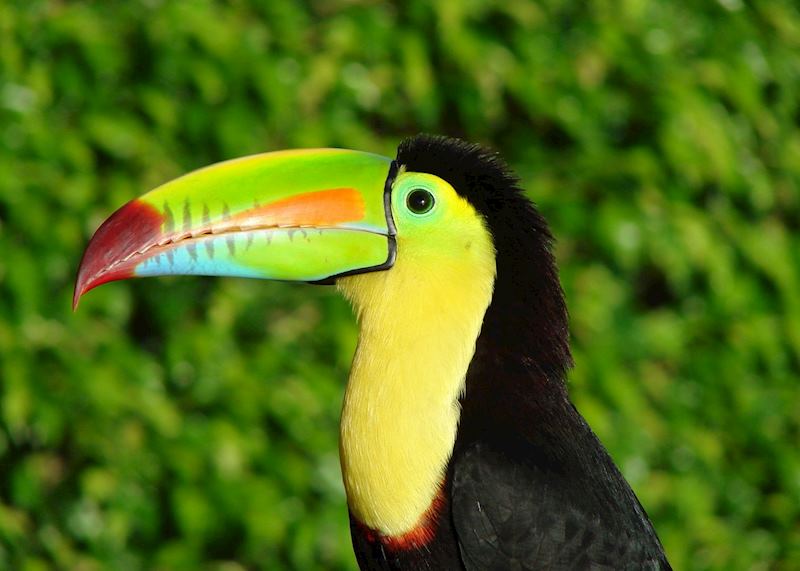
How can you make the most of your time in the cloudforest?
Set off exploring early (around 6am is ideal) and go with a private guide to increase your chances of spotting wildlife. Guides are capable of spotting things you’d never notice on your own. With my guide’s help, I’ve been able to see all kinds of birds including trogons, blue-crowned mot mots (I love their neon-turquoise heads) and keel-billed toucans.
Also, consider going on a night walk. One of the best places for it is the Bosque Eterno de los Niños, a private reserve within Monteverde. Your guide will be able to point out spiders and insect life using a non-intrusive infrared flashlight. You’ll also be treated to the cacophony of the forest waking up at night, the chirruping of crickets and the calls of nocturnal birds, reptiles and mammals ringing out through the trees.
Read more about trips to Costa Rica
Start thinking about your experience. These itineraries are simply suggestions for how you could enjoy some of the same experiences as our specialists. They’re just for inspiration, because your trip will be created around your particular tastes.
View All Tours in Costa RicaWas this useful?

